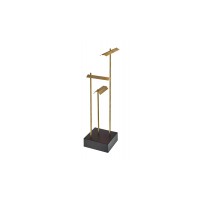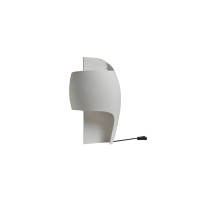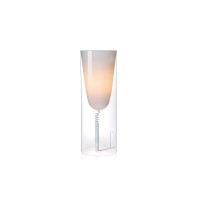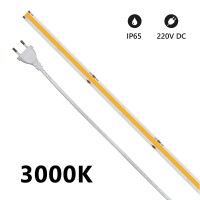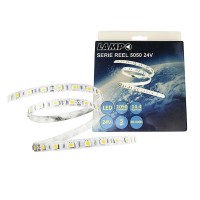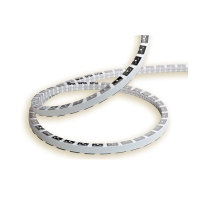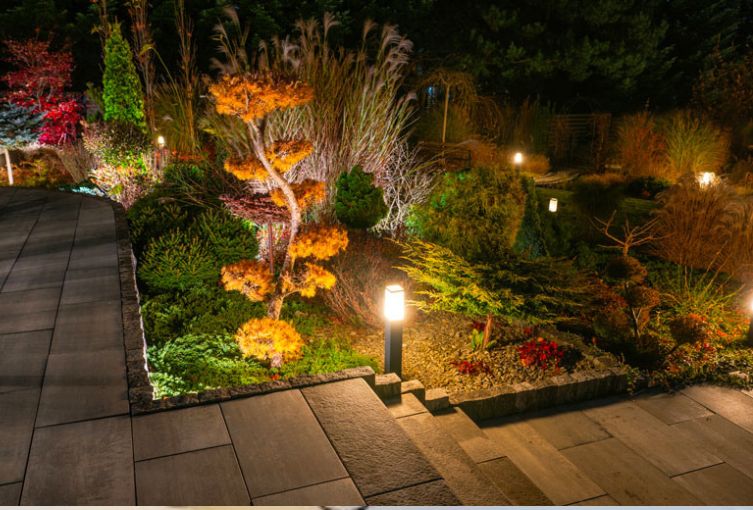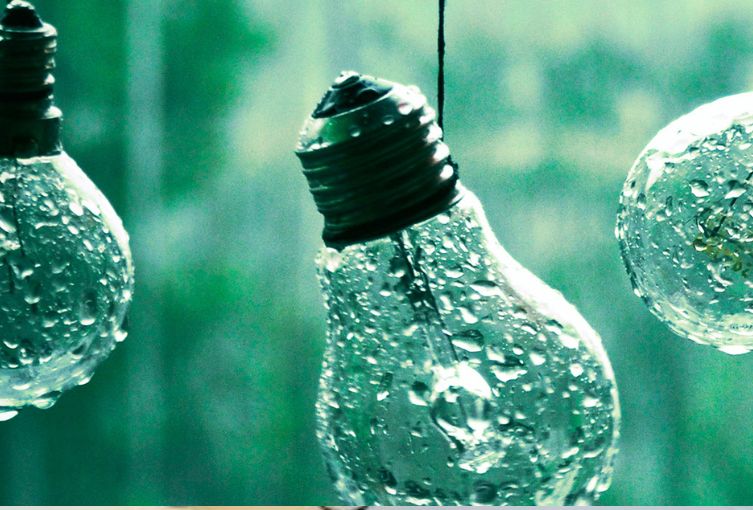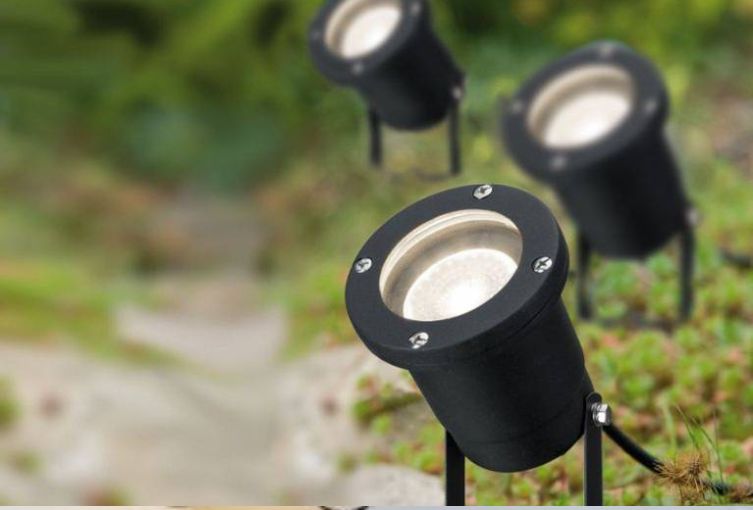How to protect outdoor lights from rain, lightning, and humidity
Summer evenings are often the perfect time to enjoy stylishly lit gardens, terraces, and balconies. However, summer also brings sudden rain showers, intense thunderstorms, and high humidity, which can damage outdoor lights, compromising their functionality and shortening their lifespan.
This is why it's essential to adopt preventative measures to protect them, preserving their aesthetics and efficiency over time. Let's delve deeper or find out more on our outdoor lighting section.
Why it's important to protect outdoor lights
Outdoor lights are designed to withstand the elements, but that doesn't mean they're invincible. Even with waterproof certifications, prolonged exposure to heavy rain, standing water, and persistent humidity can cause short circuits, rust, and damage to wiring.
Summer storms, often violent and sudden, can put a strain on electrical installations, requiring specific precautions to avoid breakdowns and accidents.
Furthermore, constant humidity can infiltrate less protected joints, compromising the proper insulation of electrical components and facilitating the oxidation of materials. Properly protecting outdoor lights therefore also means saving on maintenance or premature replacements.
Choose lights with an adequate IP rating
One of the first steps to protect outdoor lights during the summer months is choosing products with an IP rating suitable for outdoor use. The IP (Ingress Protection) code indicates a fixture's level of resistance to solids and liquids. For lights installed in gardens, pergolas, gazebos, or uncovered terraces, it is advisable to choose lamps with a minimum IP rating of IP44, which guarantees good resistance to splash water.
However, in areas exposed to direct rain or subject to stagnant water, it is preferable to opt for fixtures with an IP65 rating or higher, which offer complete protection against dust and high-pressure water jets. This simple, often overlooked, precaution is the foundation of effective and long-lasting protection.
Insulating electrical connections
Another critical point concerns cable connections and joints, which are a major source of water and moisture. Even if the lights are waterproof, poorly protected wiring can become the Achilles heel of the entire system. To avoid problems, it is essential to use waterproof junction boxes, cable glands with gaskets, and connectors specifically designed for outdoor use.
Cables should also be buried or routed through protected conduits, especially in gardens and driveways, where they are more likely to come into contact with rainwater or wet ground. Joints should always be raised above ground level to prevent accidental immersion in the event of temporary flooding.
Covers and physical protection
Whenever possible, it's helpful to install outdoor lights in sheltered locations. Porches, canopies, and shelters help limit the direct impact of rain on the lamps, extending their lifespan. If a permanent covering isn't available, waterproof shades, protective shells, or small, custom-made protective structures made of weather-resistant materials, such as rigid plastic or treated metal, can be used.
Even decorative garden lights, often placed among plants or along paths, can be protected with small transparent domes or removable covers for inclement weather. These features, when well integrated into the aesthetics of the space, not only improve protection but also add a touch of design.
Regular maintenance and seasonal checks
Maintenance is another key aspect to ensuring the safety and functionality of outdoor lights. At the end of spring, it's a good idea to perform a general check of the system, verifying the integrity of the seals, the proper functioning of the lamps, and the absence of leaks in the connectors. If you notice signs of moisture, rust, or blackening, it's advisable to intervene promptly.
During the summer months, especially when frequent thunderstorms occur, it's good practice to unplug non-essential lights if severe weather is forecast. Alternatively, you can install residual current circuit breakers and surge protectors to protect the entire system from power surges and lightning strikes.
Solar and battery-powered lights: a valid alternative
For those seeking a practical and safe solution, especially in highly exposed or difficult-to-wire areas, solar outdoor lights are an excellent alternative. These lamps require no electrical connections and run on rechargeable batteries, powered by sunlight.
Many models are designed to withstand the elements and are ideal for pathways, planters, relaxation areas, or temporary decorations. Battery-powered LED lights, if chosen for outdoor use, also offer good resistance and drastically reduce the risk of short circuits or electrical damage, representing a versatile and safe solution in the event of sudden storms.
In conclusion, protecting outdoor lights during summer storms is not just a matter of aesthetics, but a technical and safety necessity. The combination of rain, humidity, and temperature changes can compromise the functionality of the lighting if adequate precautions are not taken.
Choosing certified fixtures, properly insulating wiring, using physical covers, and performing regular maintenance are all simple yet effective strategies to ensure a long life for your garden, terrace, or balcony lights, allowing you to enjoy the beauty of your outdoor spaces with complete peace of mind, even during the most unstable summer months.
Find out more about outdoor lighting on our Diffusione Luce website!
Written by Alice Pruccoli
Share this content
